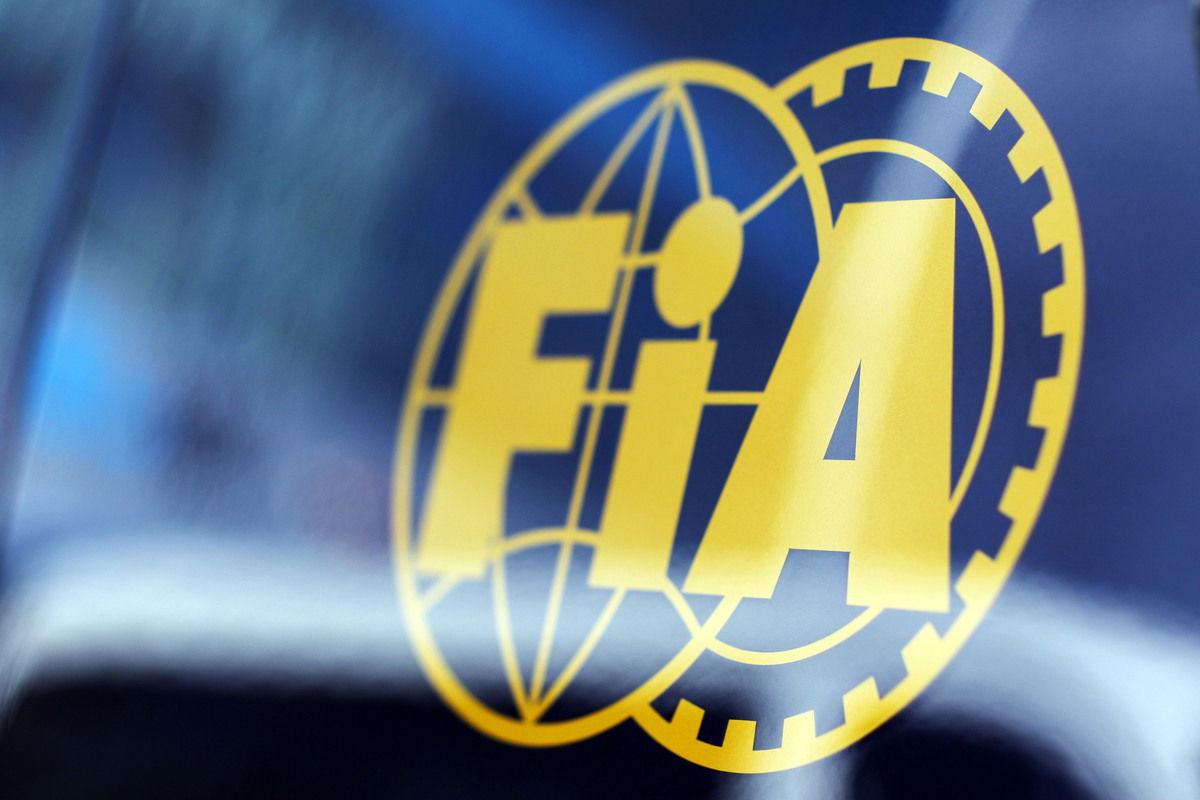

Changes to the internal structure and processes within the FIA are being made in an effort to improve the governing body’s efficiency and transparency.
Headed by Mohammed Ben Sulayem, the FIA is in the midst of transforming and modernising itself with a view to streamlining its operation.
For the first time in its 120-year history, a CEO has been appointed, Natalie Robyn, a catalyst for a host of other reforms.
The FIA has often come in for criticism for its lack of transparency.
A prime example is its handling of Ferrari at the end of 2019, when a settlement was struck which appeared to sweep a suspected illegal power unit under the carpet.
Then came Abu Dhabi 2021 and the fallout thereafter.
That one came at an awkward time as the transition from former president, Jean Todt to Ben Sulayem took place.
Now in his second year in the job, Ben Sulayem has taken a step back after a 2022 season that was, at times, combative.
Even in the early part of this year he’s made headlines and created tension between the FIA and the commercial rights holder of its leading competition, Formula 1.
Nikolas Tombazis is now at the helm when it comes to F1, supported by others such as Steve Nielsen.
The changes within the FIA are even more fundamental than that, however.
Of particular note is the position of the World Motor Sport Council, the gatekeepers to passing proposals into regulations as far as global motorsport is concerned.
Historically involved at the end of the process, charged with effectively rubber-stamping proposals that have already been through development and governance processes within each respective competition, the role of that body has been redefined.
“The World Motor Sport Council is the ultimate body that’s responsible for taking decisions that relate to four-wheeled motorsport; so all the regulations, all the calendars, all the processes involved in four-wheeled motorposrt, no matter what discipline, go through the World Motor Sport Council,” explained Garry Connelly.
Connelly is Australia’s representative on the body, a role he’s performed for almost two decades.
The WMSC meets regularly to discuss and make decisions on the sport’s global future, with the most recent meeting taking place in the days prior to the Formula 1 Bahrain Grand Prix earlier this month.
According to Connelly, it proved an especially productive and encouraging meeting as the new shape of the FIA begins to take effect.
“One of the things that really impressed me, particularly at the last couple of meetings of the World Motor Sport Council, is that there’s now a strategy – and for the first time in its almost 120-year history,” he explained.
“Late last year, the World Motor Sport Council had its first-ever strategic planning meeting.
“We spent two days as a group together, planning the long-term strategy of the FIA.
“As a result of that, now, each of the Commissions that specialise in a particular discipline – for example, you’ve got a rally commission, you’ve got an off-road commission which covers things like rallycross and autocross, you’ve got a new electric energy commission, you’ve got a Formula 1 commission – all of them now have a strategy that complies and aligns with the FIA strategy.”
The idea behind that change is efficiency and economy, both of resources and opportunities.
Previously, it’s conceivable that different disciplines would run parallel investigations into similar concepts – hybrid technology in Formula 1 and the World Endurance Championship, for example.
Also, it was possible for competitions to head down a path contrary to motorsport’s broader ambitions as it looked only at its back garden.
Connelly reasons there will be a more holistic view across all competitions under the remodelled FIA.
“In the past, each of the various commissions go off and do their own projects,” he explained.
“They’d initiate the projects, the World Council, in some cases, wouldn’t even be aware of them until they suddenly popped up at our meeting.
“That’s all changing now, and the president has made it very clear that he wants the World Council to approve the commencement of a project, so we know what’s going to happen.
“Then the commission goes off, does the work, and then comes back and gives us the final recommendation and the proposed regulations, calendar, or whatever it may be.”
It’s a change that could be viewed as the FIA ringfencing the governance of the sport it is charged with regulating.
There is a delineation in many areas between the sport’s regulatory and commercial needs, which has arguably become blurred in recent times.
On the surface, the change in approach from the FIA serves to address that and ensure control of the sport’s regulations remains in the governing body’s domain.
“It’s now a modern sport federation instead of one that has existed for almost 120 years on a very old structure,” Connelly reasoned.
“The FIA is, under the new president’s leadership and his team, now going to be a more efficient structure and one where it’s less siloed, where there’s more cross-departmental interaction and more coordination – where there will obviously be budget efficiencies that will be resulting from that.”





















Discussion about this post